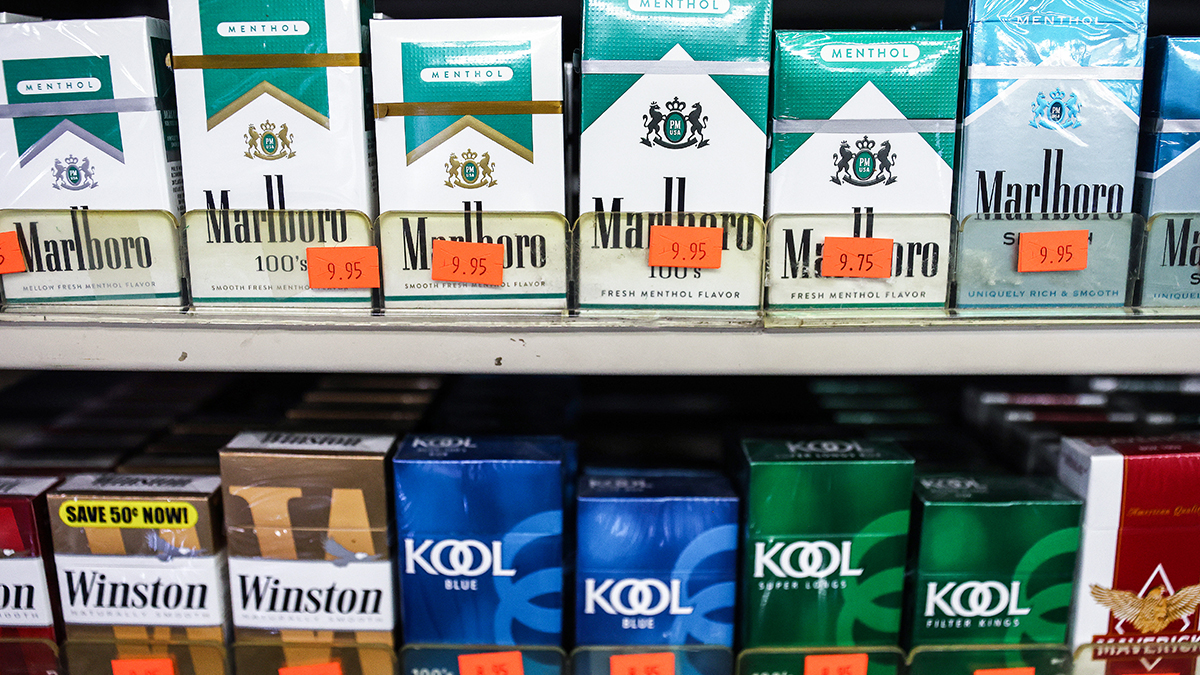NEW ORLEANS, Louisiana, September 1, 2008 (ENS) - Weaker than feared, the center of Hurricane Gustav made landfall as a Category 2 storm near the small town of Cocodrie in Terrebonne parish on the Louisiana coast 72 miles southwest of New Orleans. The storm hit about 10 this morning local time. Forecasters had warned that the Gustav might blow in as a disastrous Category 4 on the hurricane scale of 1 to 5.
Packing winds of 110 mph, Gustav pushed water over the top of the Industrial Canal floodwall in New Orleans, but appears to have spared the low-lying city's vulnerable levee system that was breached in several places during Hurricane Katrina three years ago, flooding the city.
"We've been working full time since Katrina and the New Orleans area has the best hurricane and storm damage reduction in its history," said Lt. Gen Robert Van Antwerp, commanding general of the U.S. Army Corps of Engineers and chief of engineers. Since Katrina, the Corps has completed the repair and restoration of 220 miles of floodwalls and levees in New Orleans.
The Corps is half-way through a six-year project to provide New Orleans with 100-year level hurricane and storm damage reduction by 2011.
Van Antwerp says there are still areas more vulnerable than others and there is still a threat of widespread flooding.
Nearly two million people fled the Gulf coast, after New Orleans Mayor Ray Nagin issued a mandatory evacuation order for Sunday morning, the first such evacuation since Katrina.
Terrebonne Parish Manager Al Levron was warning people to evacuate as late as Sunday afternoon. "My personal recommendation is get on the road, head north," Levron said. "Riding this storm out in a Wal-Mart parking lot in Shreveport or Arkansas is better than sitting in your home in Terrebonne Parish."
U.S. & World
Stories that affect your life across the U.S. and around the world.
At this hour, the river levees and the private ‘back' levees are holding up throughout Plaquemines Parish, to the south and east of Gustav's center, and there are no reports of flooding at this time. But power is out across the parish as the storm has toppled power lines and trees.
Plaquemines Parish President Billy Nungesser toured the parish as far south as the Buras Bridge, but was stopped by high winds. Nungesser said that water is being pushed up near the top of the private levees, but so far there is no over-topping. He said, "It will depend on how long the wind continues to push up the water as to whether these levees will hold."
Nearly half a million customers have lost power in Louisiana due to the storm, and many more are expected, according to Entergy, the utility that serves the central Gulf Coast.
Entergy's Waterford 3 Nuclear Plant near New Orleans completed a controlled shutdown on Sunday night. The River Bend Nuclear Plant in St. Francisville, Louisiana, is powering down to 75 percent due to reduced demand.
Entergy is assembling a team of 9,000 restoration workers, plus additional support, to respond to Hurricane Gustav as soon as it is safe to do so, utility officials said.
While Gustav has now weakened still more to a Category 1 hurricane, forecasters at the National Hurricane Center in Miami warn that an "extremely dangerous" storm surge of 10 to 14 feet above normal tidal levels is expected near and to the east of where Gustav crossed the coast.
In addition, Gustav is expected to produce total rainfall accumulations of six to 12 inches over parts of Louisiana, southern and western Mississippi, Arkansas and northeastern Texas with isolated maximum amounts of up to 20 inches possible through Thursday.
A few tornadoes are possible over the central Gulf coast this afternoon, forecasters said.
President George W. Bush called Hurricane Gustav "a serious event."
Participating in a briefing on at the Texas Emergency Operations Center in Austin, he warned the people of East Texas to be prepared for a possible flooding event.
"All in all, what I look for is to determine whether or not assets are in place to help, whether or not there's coordination, and whether or not there's preparation for recovery. And to that end, I feel good about this event," the president said.
Government agencies are better prepared for this storm than they were for Katrina with water, meals, generators, tarps and other emergency supplies, and private relief agencies also are helping evacuees.
Audrey Black, general manager of a storehouse in Picayune, Mississippi that supplies the Christian relief and development agency World Vision, was forced to evacuate from Picayune to Jackson, Mississippi, on Sunday.
"People are still living in temporary trailer parks in this area, and there isn't a sense of normalcy yet. Now families are going through the experience again," said Black.
World Vision is working with local church and community partners who are housing evacuees from Louisiana and the Gulf Coast to supply families with diapers; clothing for babies, children and adults; shampoo, soap and deodorant; toilet paper, napkins, paper plates and toys.
Mayor Nagin has mentioned allowing New Orleans residents to return to their homes as early as Wednesday, if roads are cleared of downed tree branches and electrical wires.
Copyright Environment News Service (ENS) 2008. All rights reserved.




